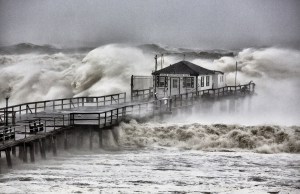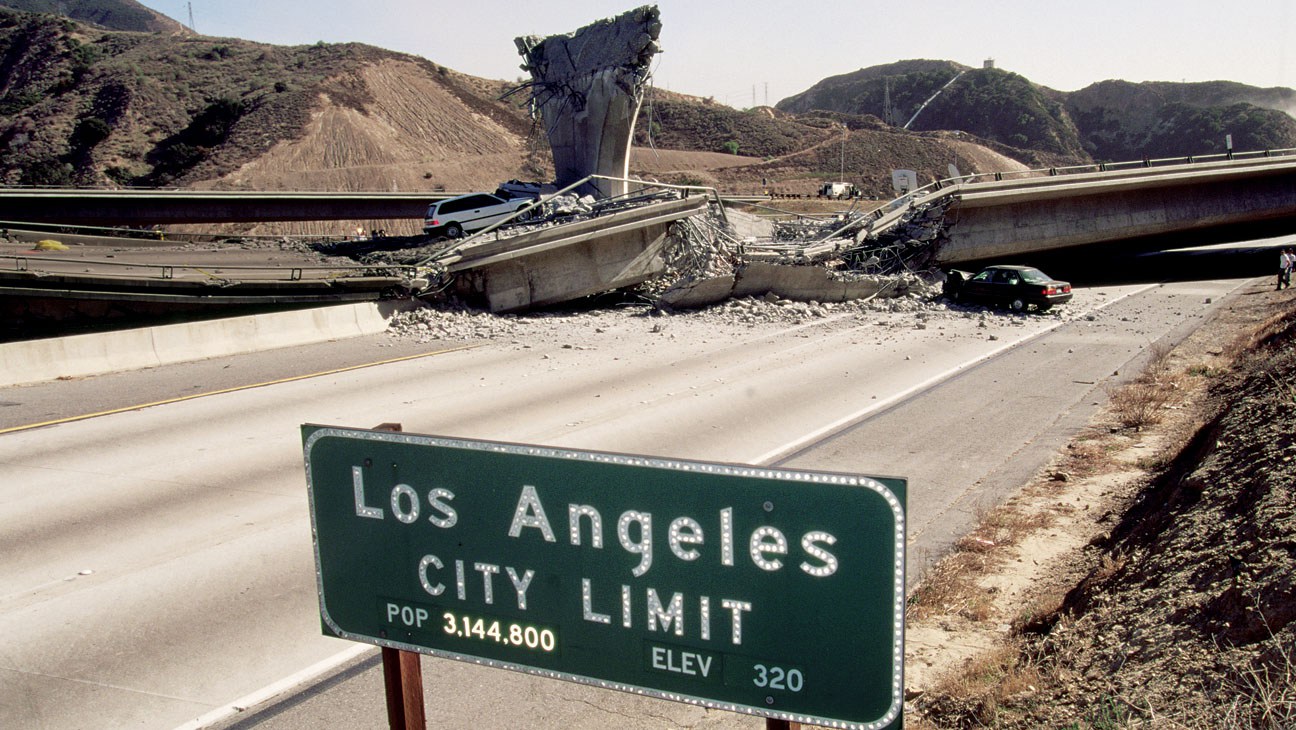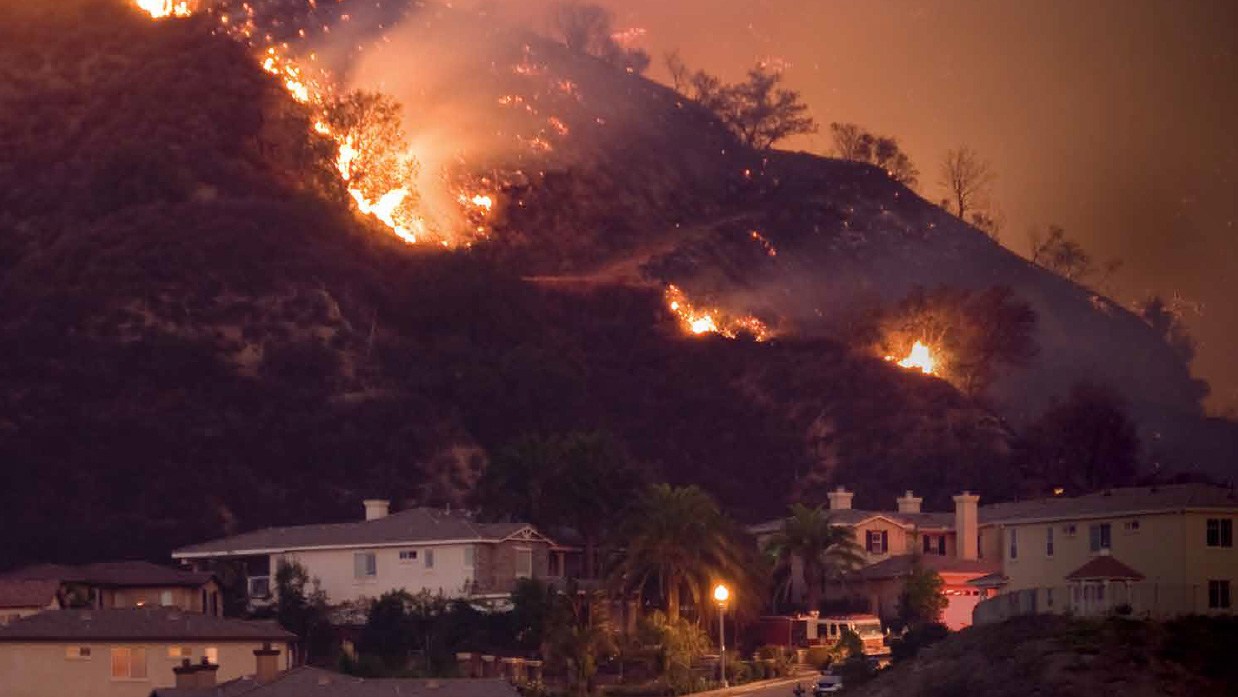
Let’s start at the very beginning. Why do you need a small business disaster recovery plan? The answer is simple. According to the Federal Emergency Management Agency (FEMA), nearly 40 percent of small businesses never reopen after a disaster. An even greater number fail within 1 to 3 years, due to insurmountable losses.
While the recent devastation from Hurricane Matthew may lead some to believe that business emergency preparedness applies only to large storms or natural disasters, the fact is that there are many emergencies you should prepare for that can interrupt operations and profitability, from localized outages to random fires, floods and more.
According to the 2014 Disaster Recovery Preparedness Benchmark Survey, over 75% of businesses have experienced the loss of at least one critical application after a power outage – leading to an estimated cost of more than $5,000 per minute. For tech reliant companies, that’s a lot to put at stake for lack of preparation.
While there are many kinds of disasters that can strike and many reasons that businesses may fail afterward, doing your business disaster planning ahead of time is an essential step to being able to recover, reopen and recoup your losses in the event of any emergency. It’s crucial not only to have the correct insurance plans in place to protect your physical assets, but also to have strong business continuity and emergency preparedness plans so during a crisis situation at work, you can put your company in position to survive.
How Do Disasters Impact Small Businesses?
Beyond the immediate economic impact of a shutdown, business disruption due to floods and hurricanes, fires, outages and other emergencies can impact your company’s chances of survival in many ways.
Physical Damage
The first way that your business could be impacted is though physical damage to the premises and facility, including the building itself, pipes, ventilation systems and more. Consider what emergencies have happened in your area before and how they’ve impacted the businesses around you. What would the cost of not doing business for an hour, day, week or even longer be? It’s time to consider how to mitigate those losses. Review your insurance policies now – the cost to rebuild is often what results in closed doors.

1994, Los Angeles, California, USA – Image by © David Butow/Corbis
Staffing and Clients
The second way a business will be impacted during an emergency is in staffing and customer retention. Employees may be evacuated or otherwise unable to come to work during the disaster, while significant damage to the area may impact both your staff and customers’ ability to return to their homes, jobs and consumer behaviors. What plans do you have in place to prepare for a change in your staffing or client base? Consider having a remote operations plan to ensure essential services continue in the event of on-site interference.
Business Disaster Planning: Be Prepared in Advance
The basics of business disaster planning have to do with effective preparation, testing, training and leadership. You have to prepare your small business continuity and recovery plans, test them regularly, train your people to perform their roles and have strong leaders in place to ensure they’re carried out when disaster strikes.
Getting Your Business Ready
Here are some of the technical things you might want to consider investing in now so you don’t regret it after a disaster:
- Lightweight laptop that’s connected to essential business systems
- Cell phone with mobile Wi-Fi capabilities or another sources of localized Wi-Fi connectivity
- Cloud storage for essential documents
- Off-premise operations hub
With cloud storage becoming more and more accessible and affordable, I highly recommend you save important business documents to a cloud storage platform, so you can still access crucial information should your on-site records be unsalvageable. It’s also important to consider where you’ll base operations if an evacuation order is issued or you’re otherwise unable to use your current facility due to damage
If you end up stranded in the office, you’ll also want to have what I call a “business BOB” on hand. Keep your bug-out bag in an area you’ll be able to access in an emergency, and stock it with essential items that can make the difference between life and death when you’re stranded at work.
Your business BOB should include enough supplies to support the people in your office for at least 72 hours:
- Nonperishable foods and a way to prepare them – consider what you’ll do if there’s no power
- Water, and plenty of it
- A first aid kit, medical supplies and basic toiletries including soap, toothbrushes and toothpaste, deodorant, feminine products, baby wipes, toilet paper, hand sanitizer, etc.
- Flashlights/Headlamp
- Blankets
- A toolkit including a compass, flashlights, duct tape, lighters, and other common tools
You may also want to consider having backup systems of defense should your alarm systems go out – especially if your facility is at high-risk for looting or other forms of opportunism that are common during emergencies.
Getting Your People Ready
When it comes to human resources, the most important thing to consider is leadership and communication.
- Establish leadership in advance. You should choose leaders with a high degree of trust, integrity, capability and experience.
- Who should employees go to with questions about their work during an emergency? If you are stranded on-site, you’ll need leaders to supervise different essential areas, including food, defense, medical services and even conflict resolution.
- Establish communications systems, buddy systems and meeting places. What will you do if wireless networks are down and you’re stranded at work?
- Consider having a battery-operated, solar or reliable ham radio, satellite phone and other emergency communication systems on hand that can allow two-way communication and information delivery when cell phone towers and other business systems are down.
- Sign up for alerts from the Red Cross and local authorities so you stay up-to-date on the state of the emergency.
- Make sure every member of the team has a role and a job to do. Consider individual skill-sets – including any medical, counseling or defense training – and how they would be best put to use. Giving everyone a role not only expands the human resources you have available, but it also helps keep people calm in a crisis situation.
Long before disaster strikes, the business continuity plans you create must be shared with and practiced by employees so they know exactly what to do before panic sets in. Test your plans regularly, train employees to carry it out, assess effectiveness and always solicit for feedback. Having a plan will do nothing if it’s not tested, refined and continually refreshed.
It’s also smart to communicate your emergency and business continuity plans with any business partners who may be impacted by an interruption in your operations so they, too, know what to expect. Alerting them in advance will help them know how to stay in touch with you and help you avoid increased losses both during and after disaster.
Crisis at Work: Putting Your Plan into Action
If you’ve prepared well in advanced, you should be able to put your emergency business continuity and disaster recovery plans into action relatively smoothly. Of course, during a disaster, nothing is for sure, so here are a few tips to ensure you stay as safe as possible:
- Immediately deploy your emergency communications system when disaster strikes to keep staff and customers alert, aware and ready to act.
- Always follow evacuation orders and use the information available to get employees and personnel safely out of harm’s way before disaster strikes.
- If you’re unable to exit the premises in an emergency, secure your location, people, supplies and equipment.
- Remember that every member of your organization has value in an emergency. Just like managers look for employees’ best use when it comes to day-to-day operations, it’s important that you find the best way for everyone to contribute in an emergency so that no one feels helpless or alone.
That last point is probably the most important – beyond actually having a small business emergency recovery plan in place. Emotions run high in emergency situations, so you need to be ready to help people cope. Being sufficiently prepared prior to a disaster will go a long way to keeping everyone calm and collected until you make it safely to the other side.
Small Business Disaster Planning Resources
Explore FEMA’s Small Business Preparedness Toolkit, featuring a range of resources and planning documents.
Use the Occupational Safety and Health Administration’s (OSHA) Sample Emergency Preparedness Checklist to create your own disaster checklist today.
Specific disaster preparedness information and sample assessment forms for small businesses are available at PrepareMyBusiness.org.
Get more resources from the Small Business Association:
- Disaster Assistance Information to help you recover after a disaster.
- Disaster Planning Resources to guide your emergency preparedness and business continuity plans and protect your assets during a disaster.
- Also find Emergency Preparedness Resources that cover different types of natural and manmade disasters





















